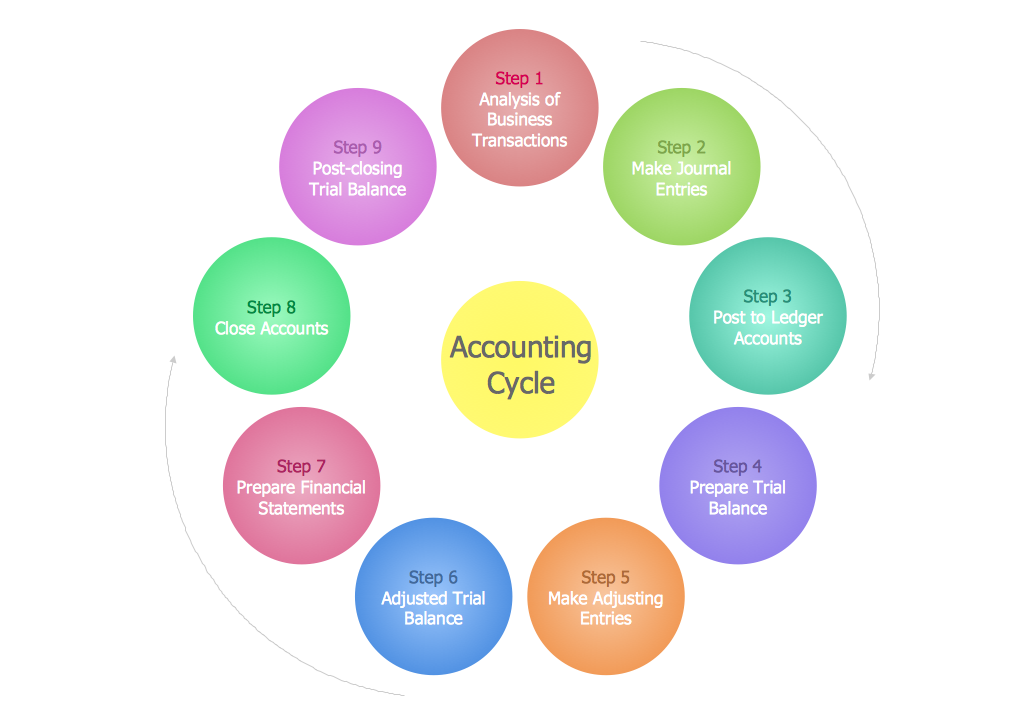
Accruals have to do with revenues you weren’t immediately paid for and expenses you didn’t immediately pay. Think of the unpaid bill that you sent to the customer two weeks ago, or the invoice from your supplier you haven’t sent money for. If you use accounting software, this usually means you’ve made a mistake inputting information into the system. The general ledger is like the master key of your bookkeeping setup.
- Of course, you might need to get your financial statements audited by a CPA if you’re a public company.
- We’ll do your bookkeeping each month, producing simple financial statements that show you the health of your business.
- Finally, if your books are disorganized, you might provide inaccurate information when filing taxes.
- The debits and credits from the journal are then posted to the general ledger where an unadjusted trial balance can be prepared.
- When a transaction is recorded, it has to be posted to an account on the general ledger.
Post Journal Entries to General Ledger
It starts when a transaction is made and ends when a financial statement is issued and the books are closed. Once posted to the general ledger, you need to balance the cheat sheet for debits and credits all of your business’s transactions. Do this at the end of the accounting period, which can be monthly, quarterly, or annually, depending on the company.
Ensures financial statement accuracy and compliance
You can modify it to fit your company’s business model and accounting processes. With that foundation set, let’s talk about the eight accounting cycle steps in detail. The accounting cycle includes eight steps required to record transactions during an accounting period. In this guide, I explain the steps in the accounting cycle in detail, with examples. The accounting cycle is a methodical set of rules that can help ensure the accuracy and conformity of financial statements. Computerized accounting systems and the uniform process of the accounting cycle have helped to reduce mathematical errors.
Generation of financial statements
There are lots of variations of the accounting cycle—especially between cash and accrual accounting types. Recordkeeping is essential for recording all types of transactions. Many companies will use point of sale (POS) technology linked with their books to record sales transactions. Beyond sales, there are also expenses that can come in many varieties. To gain a better understanding of this, consider an error in the general ledger. This entry needs to reference where the error exists so that anyone reviewing it can verify it for accuracy.
Companies might employ multiple accounting periods, but it’s crucial to note that each period solely reports transactions within that time frame. If the accounting period extends to a year, it is also termed a fiscal year. Publicly traded firms, mandated by the SEC, submit quarterly financial statements, while annual tax filings with the IRS necessitate yearly accounting periods. The accounting cycle serves as the backbone of financial management, providing a systematic approach to track, analyze, and communicate a company’s financial health and performance. Is keeping up with the accounting cycle taking up too much of your time? With Bench, you get access to your own expert bookkeeper to collaborate with as you grow your business.
It is important to set proper procedures for each of the eight steps in the process to create checks and balances to catch unwanted errors. The first step in the accounting cycle is to identify your business’s transactions, such as vendor payments, sales, and purchases. It’s helpful to also note some other details to make it easier to categorize transactions.

The accounting cycle is a set of steps that are repeated in the same order every period. The culmination of these steps is the preparation of financial statements. Some companies prepare financial statements on a quarterly basis whereas other companies prepare them annually. This means that quarterly companies complete one entire accounting cycle every three months while annual companies only complete one accounting cycle per year. Once you identify your business’s financial accounting transactions, it’s important to create a record of them. You can do this in a journal, or you can use accounting software to streamline the process.
Not following the accounting cycle would likely lead to an accumulation of bookkeeping errors, which could cause severe problems for your business. If the total credit and debit balances don’t match, you need to figure out what’s missing, record those transactions and post these adjusting entries to the general ledger. The identification of transactions is, arguably, the most important step in the process. This can impact a business’s financial statements and financial position. If financial activity goes unidentified, it cannot be reviewed or monitored by the business.
If the trial balance reveals errors, the worksheet can help identify the reason for it. HighRadius’s solutions not only optimize the accounting cycle but also ensure a faster, error-free close. At the core of HighRadius’s R2R solution lies an AI-powered platform catering to diverse accounting roles. An outstanding feature is its ability to automate nearly 50% of manual repetitive tasks, achieved through a No Code platform, LiveCube. This innovative tool replaces Excel, automating data fetching, modeling, analysis, and journal entry proposals.
Even as a small business, investing in accounting software makes sense because it automates almost all steps in the accounting cycle. Closing the books involves resetting temporary accounts to a zero balance. Balance sheet accounts aren’t closed—that’s why they appear in the “balance” sheet. Each step in the accounting cycle is equally important, but if the first step is done incorrectly, it throws off all subsequent steps.
